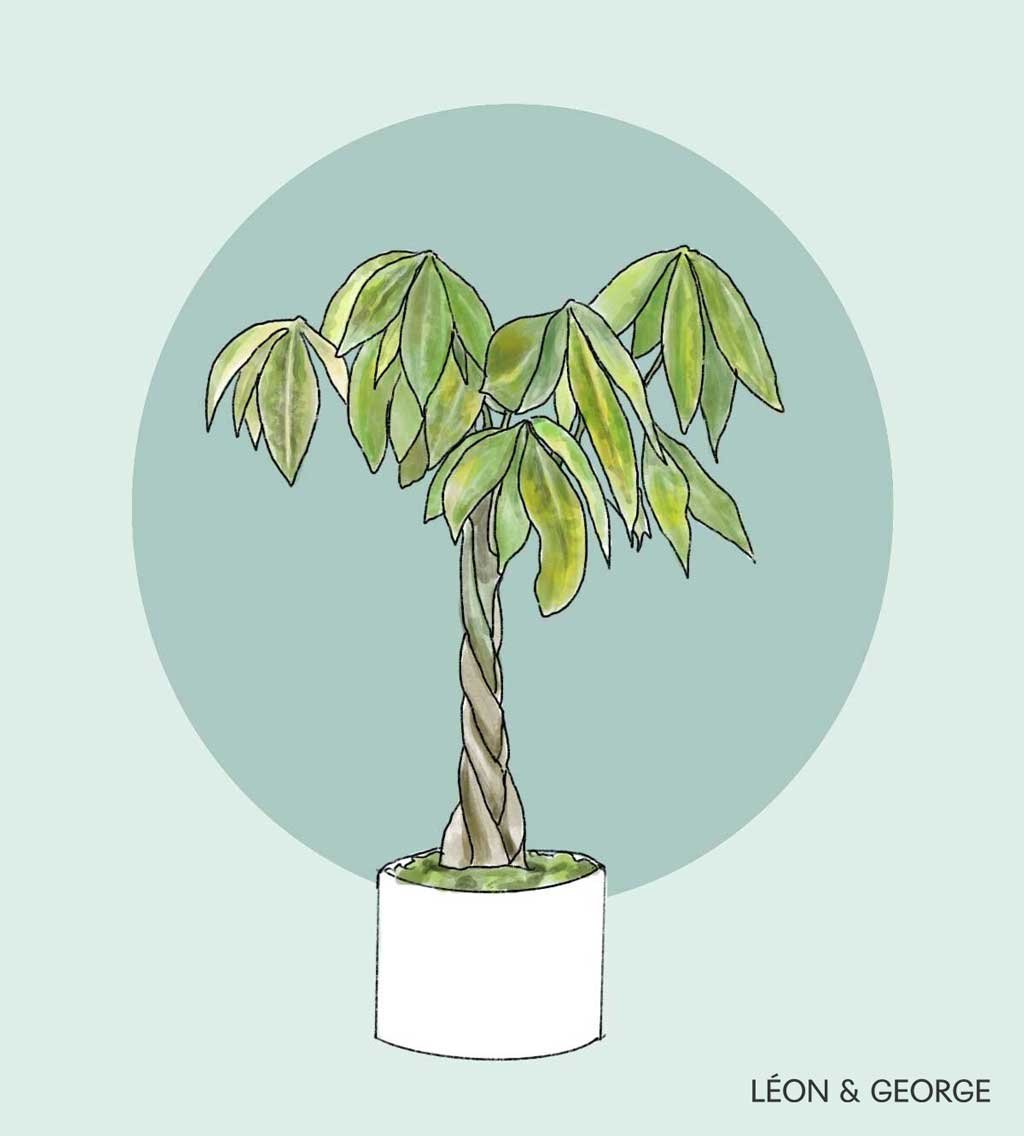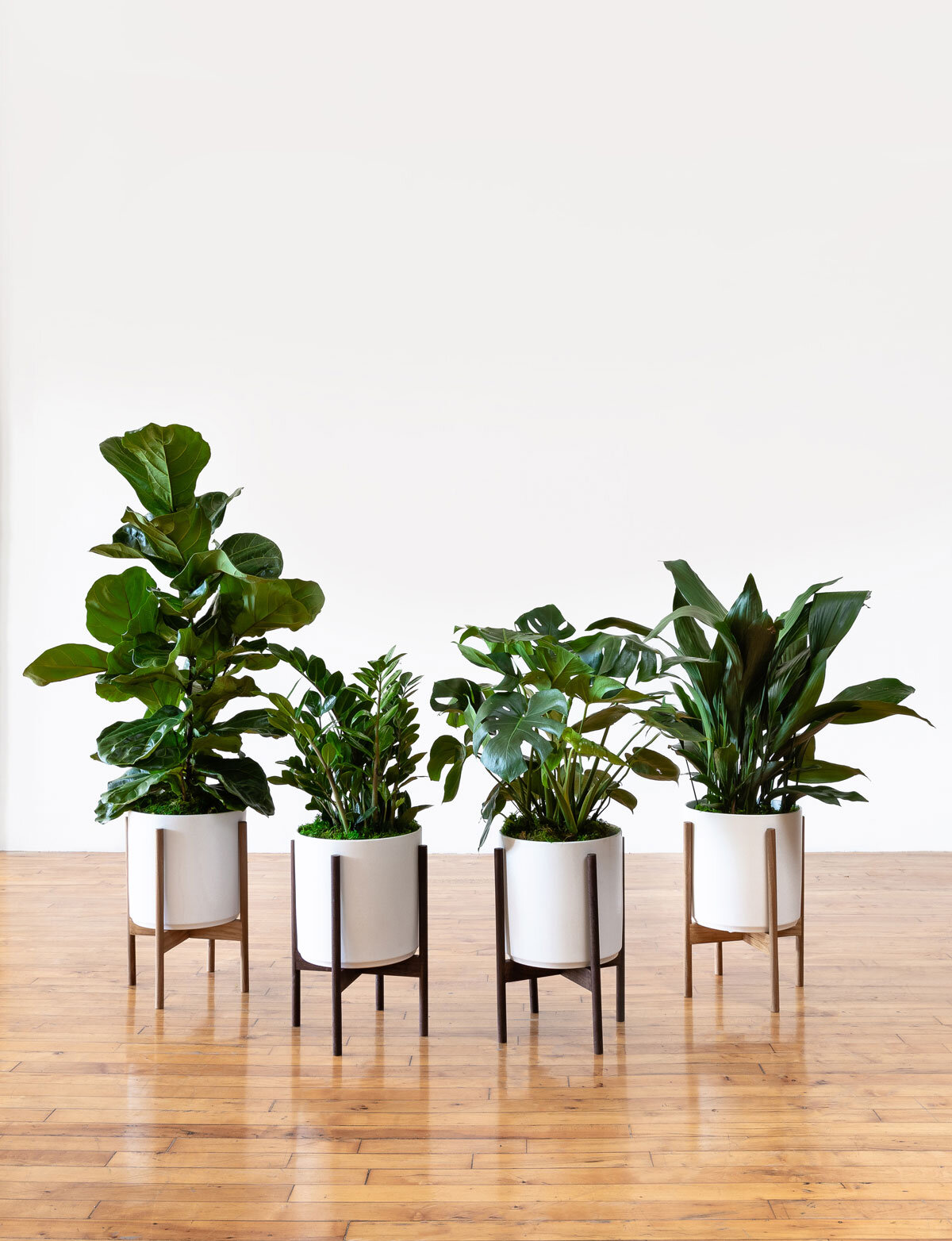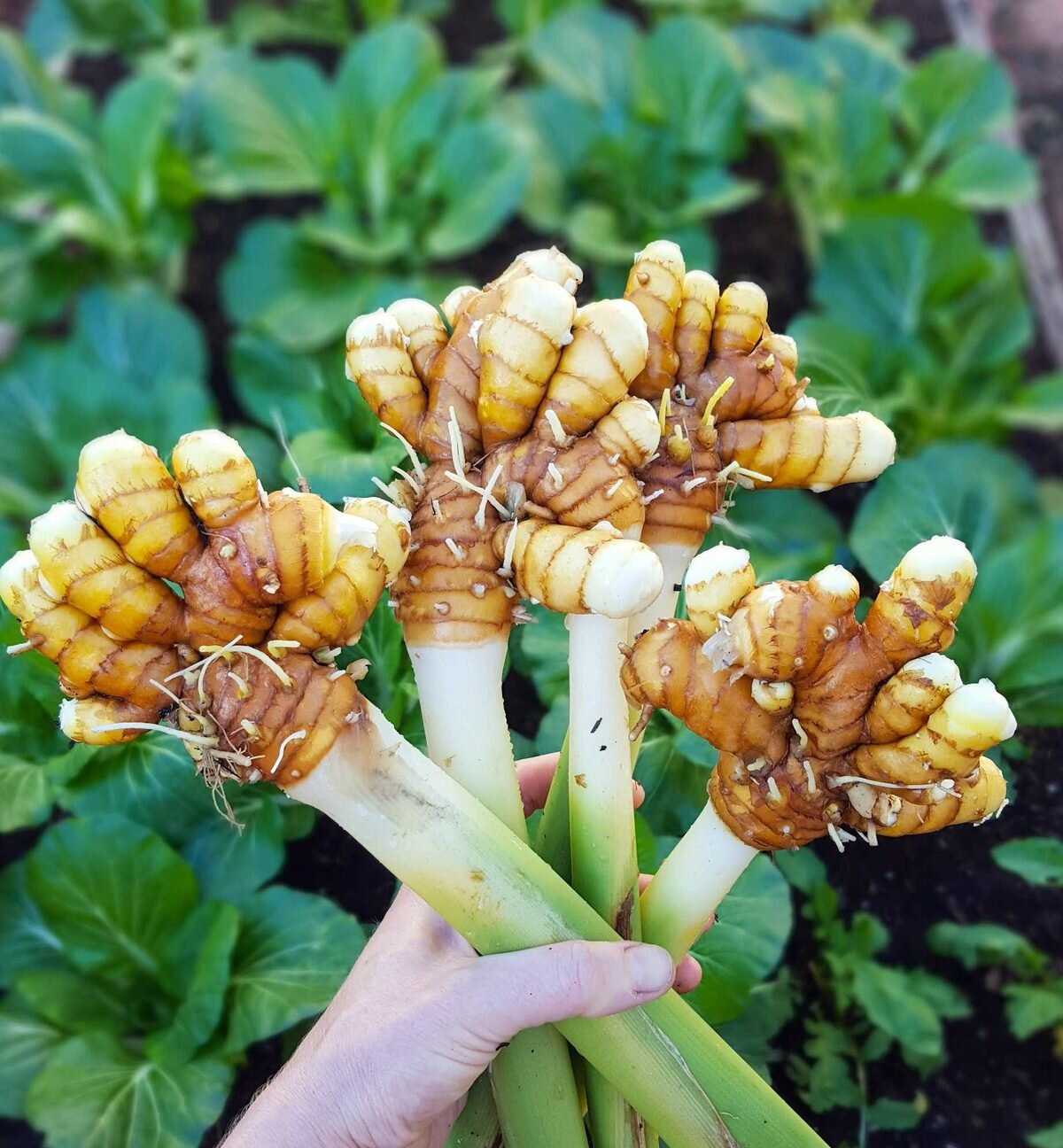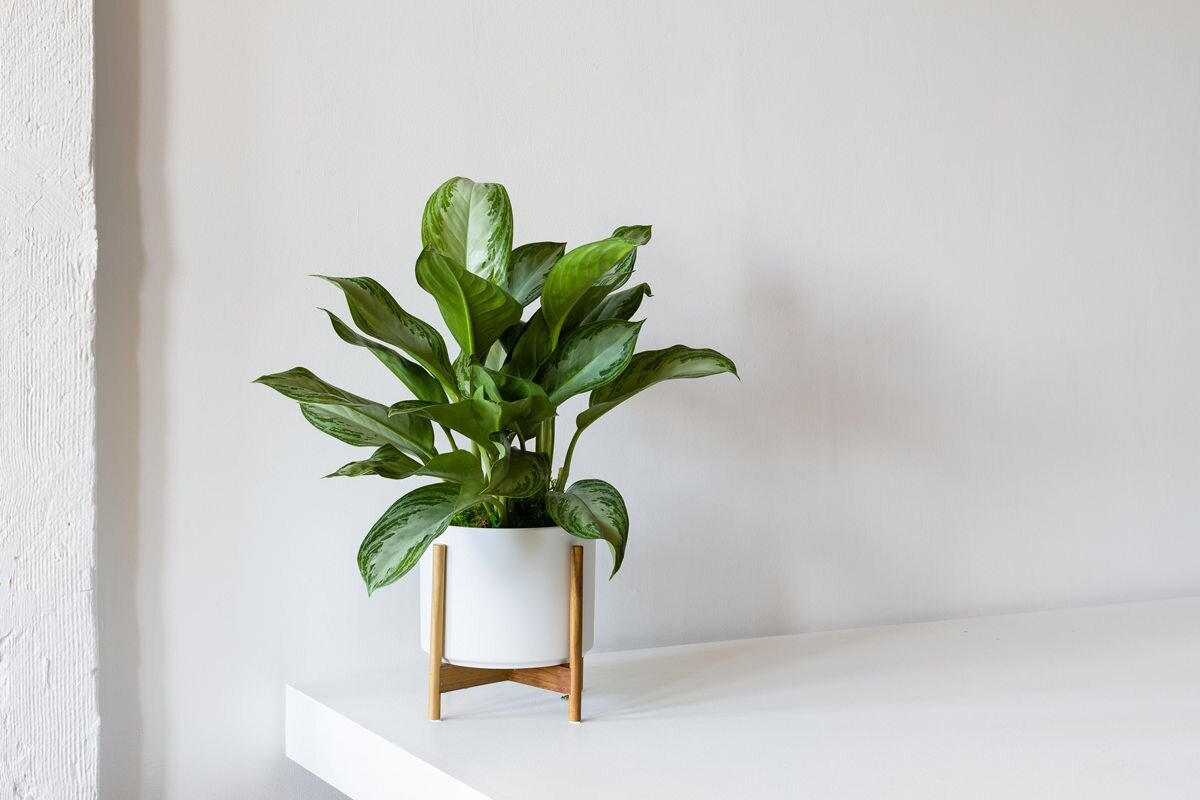Photo: The Whinery
Nothing enriches indoor spaces quite like plants. They add texture, vivacity and vibrant color to interiors while doing double-duty by purifying the air. Of course, we could go on and on about their benefits all day. But when you combine them with our second favorite of nature’s inventions (coffee!) we are almost speechless with delight! Check out the incredible cafes below that have incorporated living greenery in magical and bountiful ways.
Coffee & Plants
Photo: Coffee & Plants
Located in beautiful, sunny Pasadena, this cafe has exactly what we all need: Coffee and Plants! Featuring an Instagram-worthy wall of living greenery, cascades of rich crimson roses and an entirely-plant based menu, Coffee and Plants is well worth the trip- and pet-friendly!
62 W. Union Street, Pasadena
Seesaw Coffee
Photo: Shiun Quian
An ode to an exceptional tree. We confess to slight Game of Thrones flashbacks with the breathtaking emphasis Seesaw Coffee’s Beijing location has placed on their central, expansive tree feature. But the greenery doesn’t stop there- lush, jungle-like greenery abounds in this aesthetic marvel, designed by Nota Architects.
433 Yuyuan Road, Jing’an District, Shanghai
The Starbucks Cafe at Yomiuriland’s Yani-Biyori Greenhouse
Photo: Yomiuri Land
You’ve never seen a cafe quite like this! Yomiurland’s is replete with cascading greenery and flowering plants. Trust an iconic garden to go all-out with their new cafe. Even the Starbucks sign is made of living plants!
Yanokuchi, 4015-1, Yomiuriland
Coperaco Cafe
Photo: Ewout Huibers
Crowned with a canopy of trawling ivy, Jersey City’s Coperaco Cafe features gorgeous, blonde wood slat construction and breathtaking marble as well as some of the most lush indoor greenery we’ve had the pleasure to witness. A cafe, treehouse and greenhouse in one-- it doesn’t get better than that!
777 S. 3rd St, Harrison, NJ
Petersham Nurseries Cafe
Photo: Petersham Nurseries Cafe
Another gem of an English garden, Petersham Nurseries Cafe is an elegant restaurant in a traditional glasshouse. Featuring an array of gorgeous live flowers, (jasmine and bougainvillea feature prominently) this beautiful restaurant features seasonal, local food and breathtaking centerpiece bouquets. With pom-poms of hydrangeas, fragrant roses and exquisite desserts, who could possibly ask for more!
Off Church Ln, Petersham Rd, Richmond
Dalloway Terrace
Photo: Dalloway Terrace
Nestled in London’s Bloomsbury District, you’ll find Dalloway Terrace: a gorgeous indoor/outdoor eatery and cafe, complete with classic striped awnings and bentwood cane seating. With fruiting citrus trees trained in beautiful trellises and classic, English greenery, Dalloway Terrace brings to mind the very best of a UK vacation. Perfect for toting a John LeCarre novel and dining al fresco!
16-22 Great Russell Street, Bloomsbury, London
Arvo Cafe
Photo: The Whinery
No surprise that Honolulu would feature some of the most stunning and vibrant tropical plants in the U.S.! And with its indoor and outdoor areas absolutely abound with greenery, it’s the perfect place to grab a lunch of sustainably harvested fare and relax in the sun.
324 Coral Street at SALT, Honolulu
3 Arts Club Cafe
Photo: 3 Arts Club Cafe
An absolute stunner both architecturally (this restaurant is housed in an enormous, elegant glass house) and in terms of its abundant greenery, the 3 Arts Club Cafe is housed in Chicago’s glorious Restoration Hardware. Luxe seating and verdant trees surround its iconic central fountain.
1300 N. Dearborn Street, Chicago
Fleur Universelle
Photo: Fleur Universelle
We’ve never seen anything quite like Tokyo’s Fleur Universelle. Featuring a flower shop and tea shop, chock-full of gorgeous blooms and situated behind a statuesque tree, this hidden gem is straight out of a fairytale. It even has a fantasy-worthy treehouse, accessible by ladder!
3F Fleur Universelle, 5-15-11 Minami-Azabu, Minato-ku, Tokyo
INDOOR PLANTS, POTTED & DELIVERED
Premium plants paired with stylish ceramics, plus lifetime plant care support. Order online at leonandgeorge.com











































